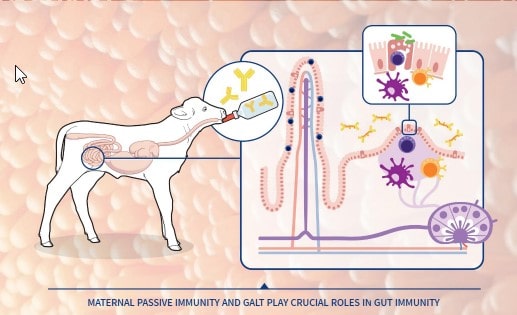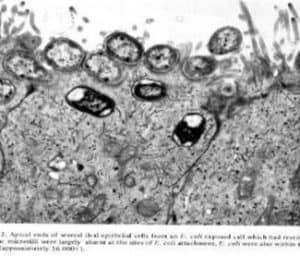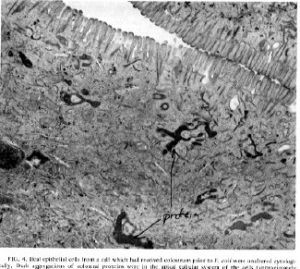Calf immunity #2 – Colostrum and the calf’s gastrointestinal development
*Post contributed by Julia Hamann, D.V.M., Field Technical Specialist Diamond V
This is the second of the three-part series by Dr. Hamann. Check out the first blog post if you haven’t done so already!
Colostrum plays a significant role in the calf’ intestinal development and health and growth both immediately and in later life. In addition to IgG, colostrum contains a high amount of nutrients, non-nutritive factors and cells that support intestinal maturation and rapid multiplication of gut microbiota as shown in the table below.
Nutrient and other bioactive components in colostrum vs salable milk.
Component | Colostrum | Milk |
Solids% | 15-25 | 12 – 14 |
IgG% (antibody) | 5.2 – 92 | 0.04 |
Lactoferrin% | 0.15 | .002 |
IL-1B (ug/1000ml) | 840 | 3 |
TNF (ug/1000ml) | 926 | 3.3 |
IGF-1 (ug/1000ml) | 100-2000 | <25 |
Other bioactive components include micro-RNA’s, the dam’s immune cells, different fatty acids, and oligosaccharides. | ||
The gut mucosal lining the gastrointestinal tract (GIT) of mammals is one of the largest body surfaces exposed to the environment (in humans is equal to a double tennis court) and houses 70% of the cells of the immune system (gut-associated lymphoid tissues- GALT). Besides its role in absorption of nutrients, its functions include providing a defensive barrier and contributing to the protective immune system that interacts with the evolving gut microbiota. In the naïve newborn calf, both maternal passive immunity and the developing of GALT play a crucial role in immunity of the GIT. Research (Van Soest et al, 2022 and Pyo et al, 2020) has shown that feeding colostrum or transition milk (milkings 2 and 3 or colostrum) for several days’ results in improved intestinal growth, better health and higher daily gain for the first days of life. This positive influence can be traced to these bioactive components which appear to stimulate development of the intestine and the microbiome.

A healthy microbiome is important to keep a healthy animal. When the calf is born the GIT is rapidly colonized with organisms from the dam (fecal, vaginal, and oral) as well as the immediate environment and the first colostrum meal. The calf’s microbiome is highly dynamic the first weeks of life before the stable adult microbiome is established, giving a window of opportunities for manipulation. Development of a healthy microbiota early in life is essential for a normal gut function and immunity and will have an important role on IgG absorption as well.
Evidence of interaction of intestinal microflora with the absorptive surface of intestinal epithelial cells was demonstrated by Corley et al. (1977). They observed microbial attachment, and intracellular penetration of intestinal epithelium cells when E. coli O55 was given to colostrum-deprived calves. When clean colostrum was fed prior to E. coli O55, attachment and intracellular penetration did not occur (pictures below)


Research by James et al (1978) demonstrated a negative relationship between large numbers of bacteria in the GIT of the calf during the first hours of life and uptake of IgG. Puppel et al.,( 2020) showed a significant influence of the formation of the intestinal microbiome in the calf first week of life and daily weight gain of calves fed higher quality colostrum. The higher the concentration of bioactive components in the colostrum, the more probiotic bacterial strains can be enhanced.
A study by Ma et al (2019) study suggests that delayed first colostrum feeding affects the establishment of ileum and colon mucosa-associated bacteria, which may have long-term negative effects on gut health of calves.
Therefore, it’s imperative that the calf is born in a clean environment and is fed colostrum with high IgG content (>50g/L) and a low bacteria count (<100,000 cfu/ml. Additional feedings of colostrum or transition milk are also very beneficial if logistics for collection of later milkings and feeding to the youngest calves can be implemented. These management practices encourage development of a healthy microbiome in the intestine and enhanced growth of intestinal tissue which have immediate benefits to the calf as well as long term benefits as the animal grows and matures.
References available upon request.
